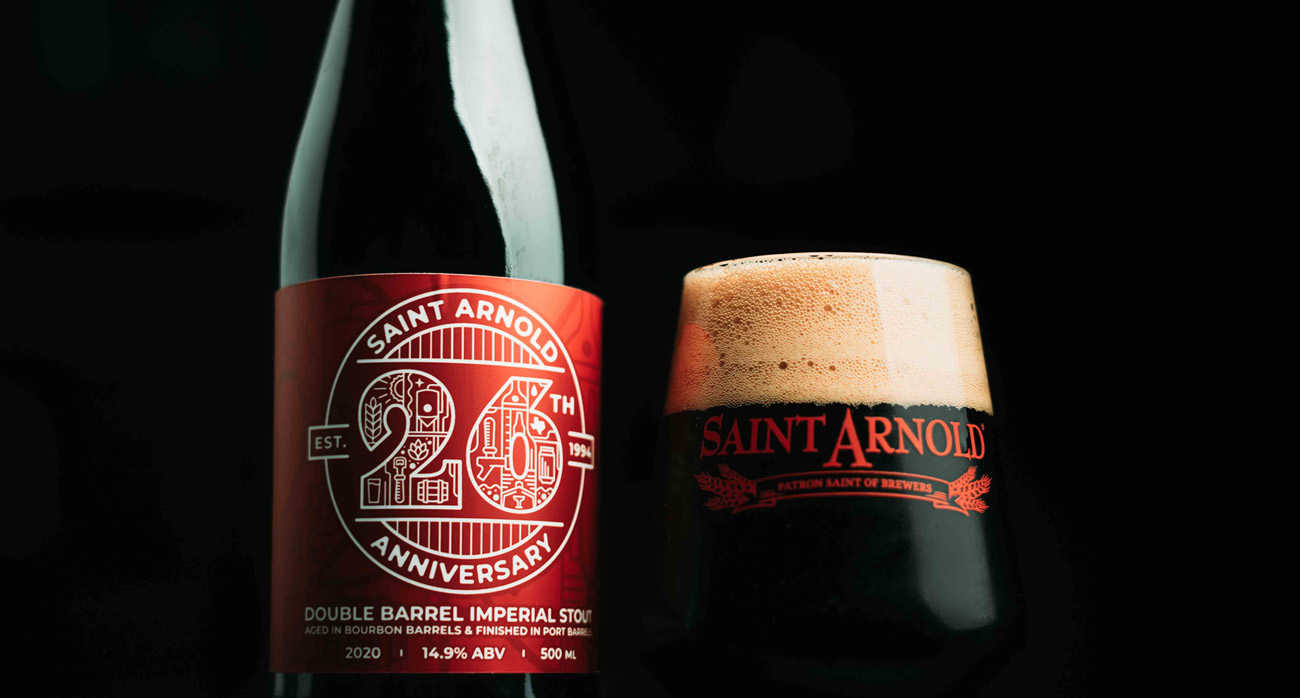
29 Jun The Nuance Behind Barrel-Aged Beers That You May Not Have Known
I LOVE barrel-aged beers. Stouts, sours, Belgians…whatever. Put it in a barrel and GIVE. IT. TO. ME. They’re even better in the right setting, like an imperial stout during the winter (my favorite).
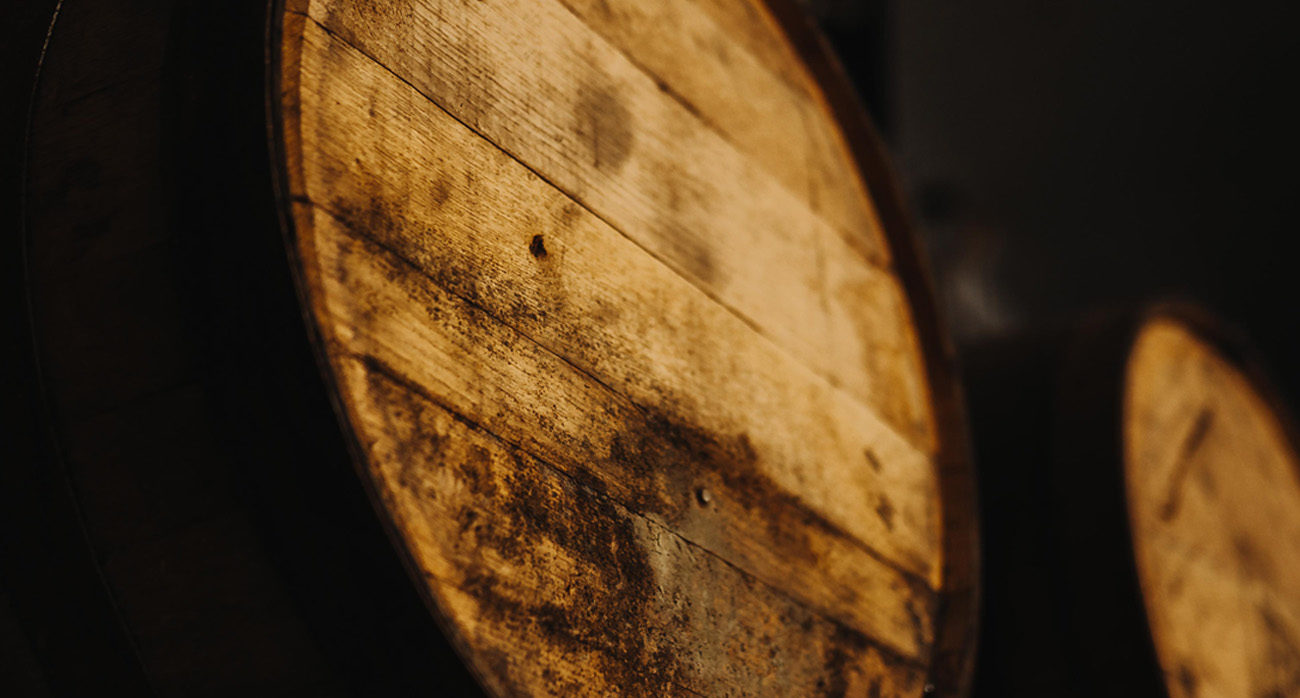
Drinking craft beer is truly an experience. It’s a mix of the venue, the can design, the people you’re with, and, obviously, the beer itself.
While not every style of beer is suitable for barrel aging, it’s still a unique way to alter the flavor of a beer.
Despite my experience with this approach, I’m still relatively new with the process that goes into creating these gems. I knew the basics, but I also knew that there was WAY more behind it.
To help me better understand how it works, I contacted two of our Houston brewery contacts: JJ Bol, head brewer for Under The Radar Brewery, and Marin Slanina, (at the time of this writing) General Manager at B-52 Brewing. (Marin has since moved on to Urban South HTX and then moved on again to a brewery home that’s still to be determined.)
So, where does the barrel-aging (BA) process start? Usually with the beer. Some breweries decide on what beer to use BEFORE brewing, while others, like B-52, typically split off part of a batch and use that portion for their barrel program.
The other half of the equation is the barrel itself. Each type of barrel creates different flavors in beer and comes from a variety of coopers (people that make barrels) or companies that used them initially.
“We’re fairly traditional when it comes to pairing beers with barrels,” says Marin. Though not every style works in barrel aging, they don’t hold back on experimentation!
For instance, B-52 uses at least 9 different types of barrels in their 180+ barrel program, ranging from brandy to red wine to Sauternes.
Each will have different influences with spirit barrels altering liquids in their own way when compared to wine barrels.
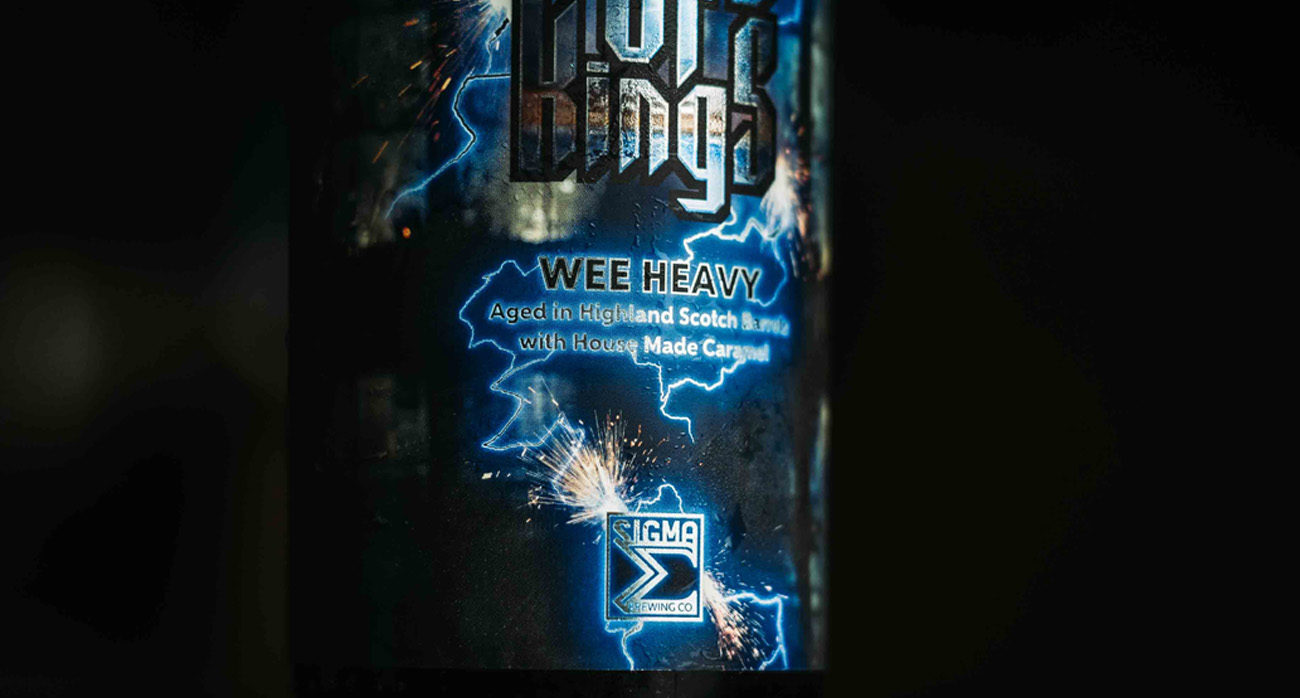
Barrel size is also a huge part of the process. First, it will affect how much beer you use and how much beer you have once the aging process is complete.
Second, size also affects how long you’ll need to age the beer. Brews in smaller barrels will pick up the barrel flavors more quickly because there’s a higher surface area to beer ratio. Foeders, essentially MASSIVE barrels, impart less into the beer due to their size.
On the same note, the longer a brew is left in a barrel, the deeper the barrel flavor will be in the final product.
A brewery needs to balance the style of the base beer and the barrel aging time to ensure the two flavor profiles balance.
Once you’ve paired up the two most essential parts of the process, the next step is to prep your barrels. (You could do this first; it just depends on when you get your barrels and your production schedule.)
Most barrels will need to be cleaned and sanitized before use. Fresh spirit barrels, however, are naturally sanitized due to the high alcohol content of the previous liquid.
It’s also common to see breweries, like B-52, do a swell test, where they fill the barrel with water and check for leaks. Since most barrels are sold as-is, you get what you get. As we’ve learned through some disaster stories over the years, it’s best to err on the side of caution and test the barrels first.
Now you’ve got your brewed beer and your empty barrels. Get that beer in there! But what do I do once all these barrels are full?
Here’s where a lot of breweries get hung up. Most barrels are BIG, so they take up a lot of space. They have to lay on their side and are typically put up on racks.
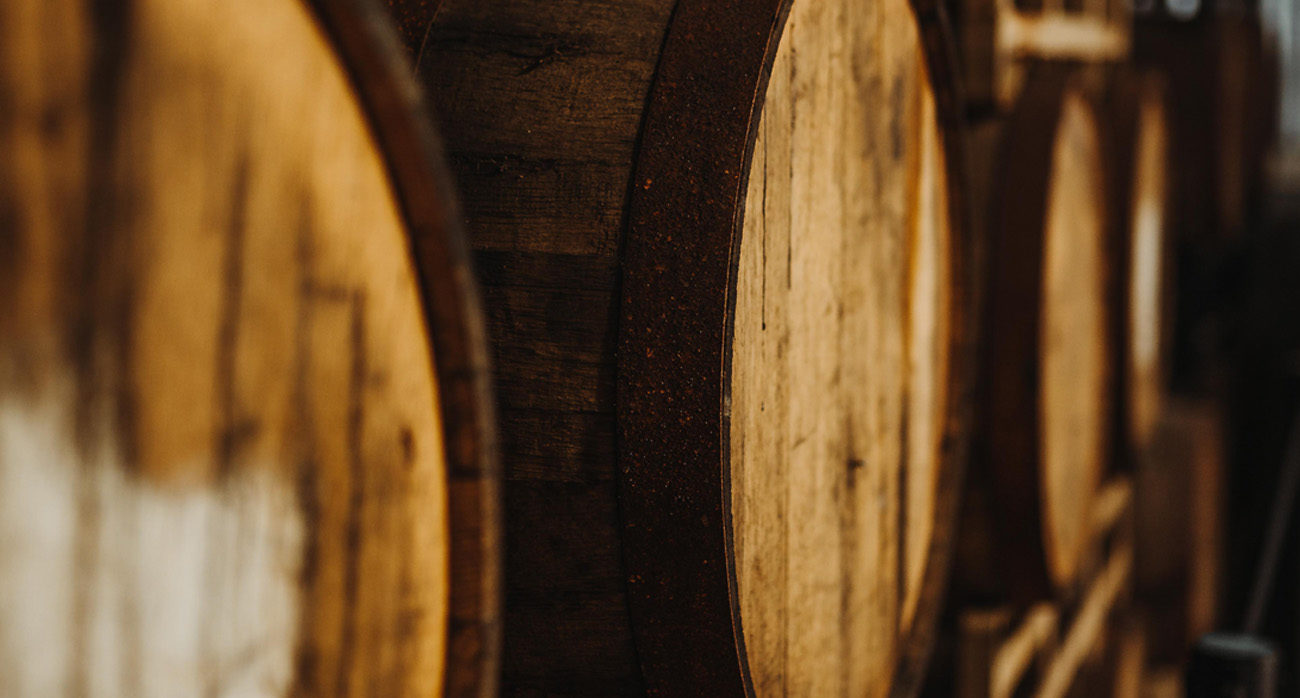
Most breweries have limited indoor space for production and their taproom. They want to maximize that space for revenue, so big barrel racks can complicate things.
Barrels also have to be kept at a consistent temperature, ideally around 55-60 degrees. In other words, NOT outside in Houston.
But if you’ve got the space, barrel racks do look COOL. They make excellent taproom decorations and will become conversation pieces for guests.
Another factor to keep in mind is time. There is no set time for barrel-aged beers. “Barrels decide when to be released,” says Marin, just like beer tells you when it’s finished fermenting and not the other way around. In other words, scheduling isn’t really a thing. The best you can probably hope for are quarterly releases.
Again, it’s all about balancing the base beer and the time it spends in the barrel.
For example, on average, 1-2 months in an oak barrel will result in those classic woody flavors. But to get something deeper, like vanilla, brewers typically store the beer for at least 6 months.
B-52 occasionally goes up to 30 months. Talk about patience!
One thing lots of people ask about is ABV. Not every barrel-aged beer will increase in ABV during the process.
Spirit barrels with remnants left in the wood, and wine barrels that have wild yeasts left behind can cause refermentation, both of which can boost that booze.
The outcome depends on the type of barrel selected, how “wet” it was when the brewery got it, and how long the beer is stored.
Because of all the steps and time involved with barrel aging, it’s not a cheap process for any brewery.
Barrels cost money. (No, they aren’t just thrown out once the distillery or winery is done with them.)
Once used by a brewery, they can be resold for decoration or other purposes later. But breweries aren’t likely to recoup their full initial costs.
Of course, the beer itself costs money too. And it’s not being sold right away since it has to sit and wait. “Barrels are assets on a balance sheet and should be treated as such,” explained Marin.
Finally, most breweries can’t dump ALL of their beer into barrels. They have to sell some of it after all. This yields lower quantities of finished cans or bottles. The lower quantity lends itself to rarity which also helps drive up the retail prices as well as those on the secondary market. One other nuanced thing to note is, since they’re often packaged in bottles, be careful on your way home not to expose them to the sunlight. Here are 4 lies you may have been told about skunked beer.
All of those things combined are why barrel-aged beers have a higher price point than other beers. It also fills the comments on brewery posts about barrel-aged beers with comments like ISO, FT, etc., because the rarity and value makes these gems highly sought after.
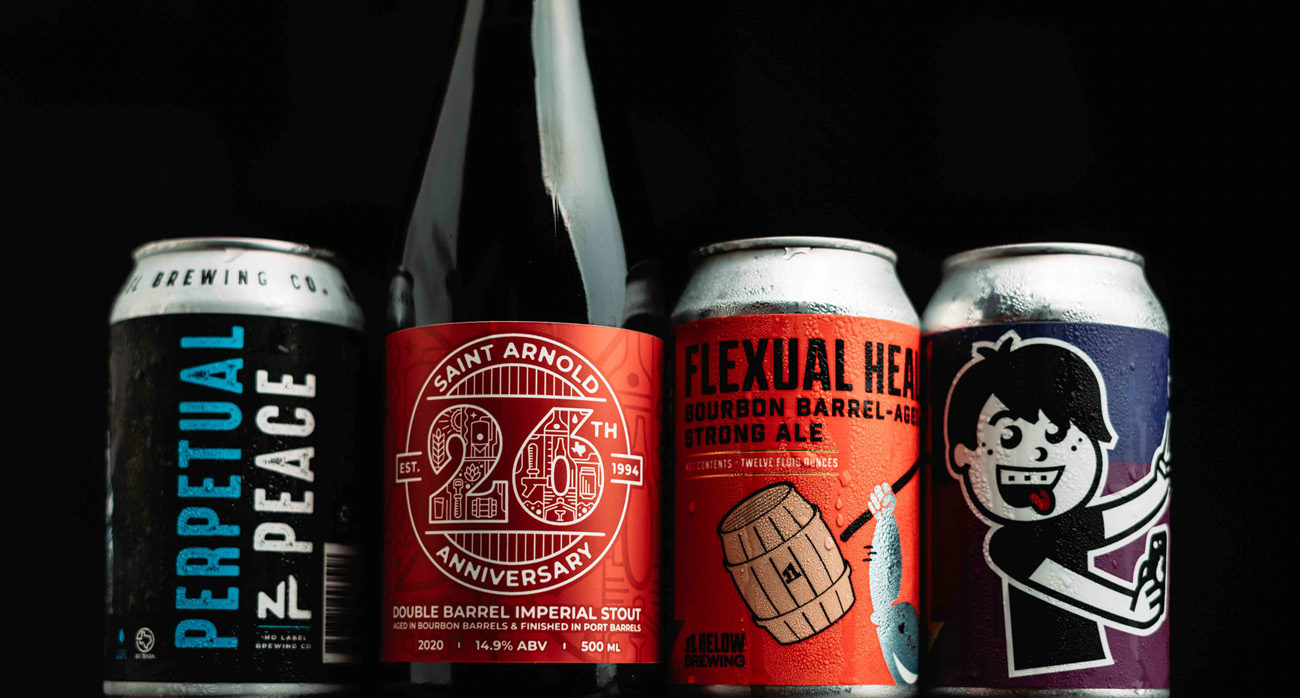
When space is at a premium or barrels simply aren’t an option, another method to achieve that barrel flavor is using wood chips. Under The Radar started with this method and had a lot of success with it. “We used wood infused chips in either kegs or brights [tanks] to soak up the flavor that way,” according to JJ. This is a throwback to homebrewers that do something similar on a much smaller scale. As a homebrewer, actually aging in a barrel is quite a stretch, although some have achieved it. Back to the chips, though!
It takes a LOT of wood chips to get a similar result as using a barrel, but those chips are much easier to store than barrel racks.
“The biggest difference is that you have less surface area and thus less infusion,” explained JJ. However, it’s a lot simpler of a process and leaves more room for creativity. A brewer can mix and match different types of chips to create beers vs. moving a bunch of barrels around.
Plus, it’s a lot cheaper. This is great for breweries that are merely experimenting with this approach to beer. “It’s definitely a good way to start working and getting to know the flavors of wood,” says JJ.
However, back in November, UTR invested in several spirits barrels and immediately filled them with beer. Sounds like a follow-up piece is in order!
Regardless of the method, the use of various woods incorporates one-of-a-kind flavors into many styles of beers. The combinations are endless! Just check out the variety of barrel-aged beers we’ve had the pleasure of trying.
Barrel aging beer is an investment for any brewery, and I’ve found that it’s usually a great one. That’s why I love this approach so much.
Even if you’re not a “bourbon fan,” you might be surprised that you like barrel-aged beers. To help you get started, find a few from Hop Drop and save 10% using this link with our code “BEERCHRONICLE” at checkout.
Beers to you, Houston.

Brent is originally from Ohio but has been in Houston for over 10 years. As an Aggie, musician, animal advocate, and Lego collector, he always has something going on. If you have an imperial stout, come find him. He’ll want to add it to his insatiable beer spreadsheet.



Pingback:Misfit Outpost - The Backstory - We Love Houston Beer - Beer Chronicle
Posted at 21:12h, 01 July[…] Barrel program will begin immediately and wild ales will start shortly after. […]